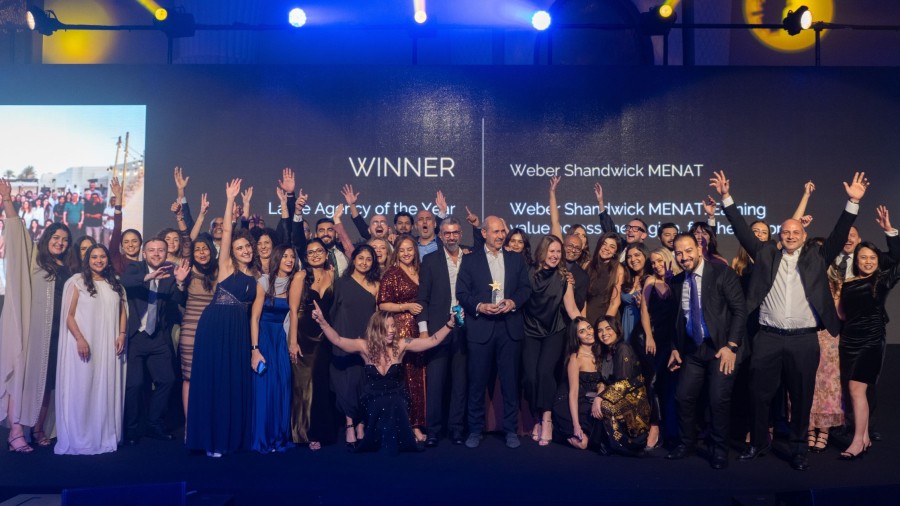As we approach the tail end of the year, the calendar fills with major retail moments, from Black Friday and Singles' Day to Christmas and year-end sales. Beyond driving revenue, these events have become significant opportunities for e-commerce brands to communicate, manage risk, and connect with consumers.
Behind every sign boasting slashed prices or viral shopping trend lies a coordinated PR and communications effort that shapes narratives, fuels demand, and protects brand reputation when the pressure is on.
To get insight from a PR and communications perspective, Telum Media spoke with Kate Kwan, Managing Director of TEAM LEWIS Greater China Region, and Alice Smith, APAC Communications Lead at Shopify. They shared how strategic communications power these mega-sale moments and what best practice looks like when things don't go to plan.
What role has PR and communications played in transforming cultural shopping events like Black Friday and Singles’ Day into global e-commerce phenomena adopted across new markets?
Kate Kwan, Managing Director, TEAM LEWIS
PR and communications have always played a huge role in shaping the narrative and value of seasonal campaigns. What's unique about shopping events like Black Friday and Singles' Day is the need to ensure messaging highlights marketing incentives while reinforcing brand values during the sales period.
The success of these marketing campaigns has been fundamental in turning these sales into global e-commerce events. From creating media gift guides, marketing discounts, and launching new campaigns and products, these moments have become critical fixtures on the calendar of marketers and consumers alike.
However, similar to festive shopping sprees, consumer fatigue can occur, leading to diminishing campaign impact. Unlike traditional festivals such as New Year and Christmas - which have a long legacy and history across different cultures - the longevity of newer shopping events may be a challenge, particularly when economies aren't doing so well. This makes it difficult for marketers to fight for a share of voice and attention during such a competitive environment.
Brands in unsaturated or less digital-savvy markets may still be able to capitalise on the shopping spree, but more established brands will need to find other ways to engage with consumers and create greater impact with lower investment.
Alice Smith, APAC Communications Lead, Shopify
PR, communications, and journalism play a critical role in shaping and amplifying cultural shopping events, as these disciplines are inherently tied to trends - whether by capitalising on existing momentum (trendjacking) or uncovering emerging consumer behaviours.
Trends act as powerful catalysts in retail and commerce, and strategic communications amplify these trends to create a sense of urgency and excitement among both consumers and retailers. This drives rapid adoption, creating a self-fulfilling cycle where consumer demand spurs retailers to invest in promotions, which in turn encourages greater consumer participation. Storytelling, media coverage, influencer partnerships, and targeted campaigns help embed these events into the retail calendar of diverse markets.
Looking at market adoption, at Shopify we've seen Black Friday and Cyber Monday (BFCM) evolve from Western retail traditions into significant dates on the calendars of countries across APAC and beyond. For instance, in Japan, BFCM has quietly become a significant retail holiday, with a 54 per cent increase in consumers buying from Shopify merchants last year, and an increased anticipated spend by 16 per cent this year.
Major sales events bring equal parts opportunity and reputational risk for e-commerce brands - from website crashes to delivery delays to public backlash. What does effective communications coordination, crisis readiness, and response look like in these moments?
Kate Kwan
Peak sales seasons have always presented reputational risk for e-commerce brands. As with any crisis, preparedness is the key to avoiding issues and minimising backlash.
Typically, the risks lie in elements such as stock availability, website crashes, and delivery issues, making it critical for brands to prepare for a crisis beforehand. This can be done through clearly listed roles and responsibilities across all business functions - from operations and legal to communications. The comms team should ensure that not only are things like reactive statements in place, but that rigorous monitoring is set up, and that teams are able to pause or adapt to campaigns quickly, should anything occur.
Speed is essential during these times, so anything that can reduce response time is critical and must be planned well in advance - whether that's pre-approved statements, alignment on compensation approaches, or a dedicated spokesperson if needed.
Alice Smith
Peak retail seasons, especially BFCM, serve as a critical pressure test for retailers. While technical and operational preparations are essential to minimise issues, some challenges are unavoidable. And when these issues do hit, effective crisis communication hinges on transparency and trust at the core.
Proactive monitoring and real-time social listening are crucial to detect issues early before they escalate to the public domain. When problems arise, timely and honest communication is key - quickly acknowledging the issue, providing clear updates, and avoiding jargon helps maintain credibility.
It's also important to demonstrate empathy: customers respond well to humanised brands that recognise customer frustrations and offer practical solutions, rather than robots. When done well, this can even turn a challenging situation into an opportunity to build relationships and reinforce trust.
At peak moments like BFCM, brands that balance preparedness with an authentic, transparent crisis communication approach will maintain trust and protect long-term loyalty, even when issues arise.
The 17th edition of the MEPRA Awards announced its 2025 winners on 27 November, recognising work demonstrating strategic thinking, creativity, effective storytelling and measurable impact. The awards highlighted achievements in brand reputation, integrated communications and strategic narrative development, reflecting how agencies are adapting to a rapidly changing communications landscape.



